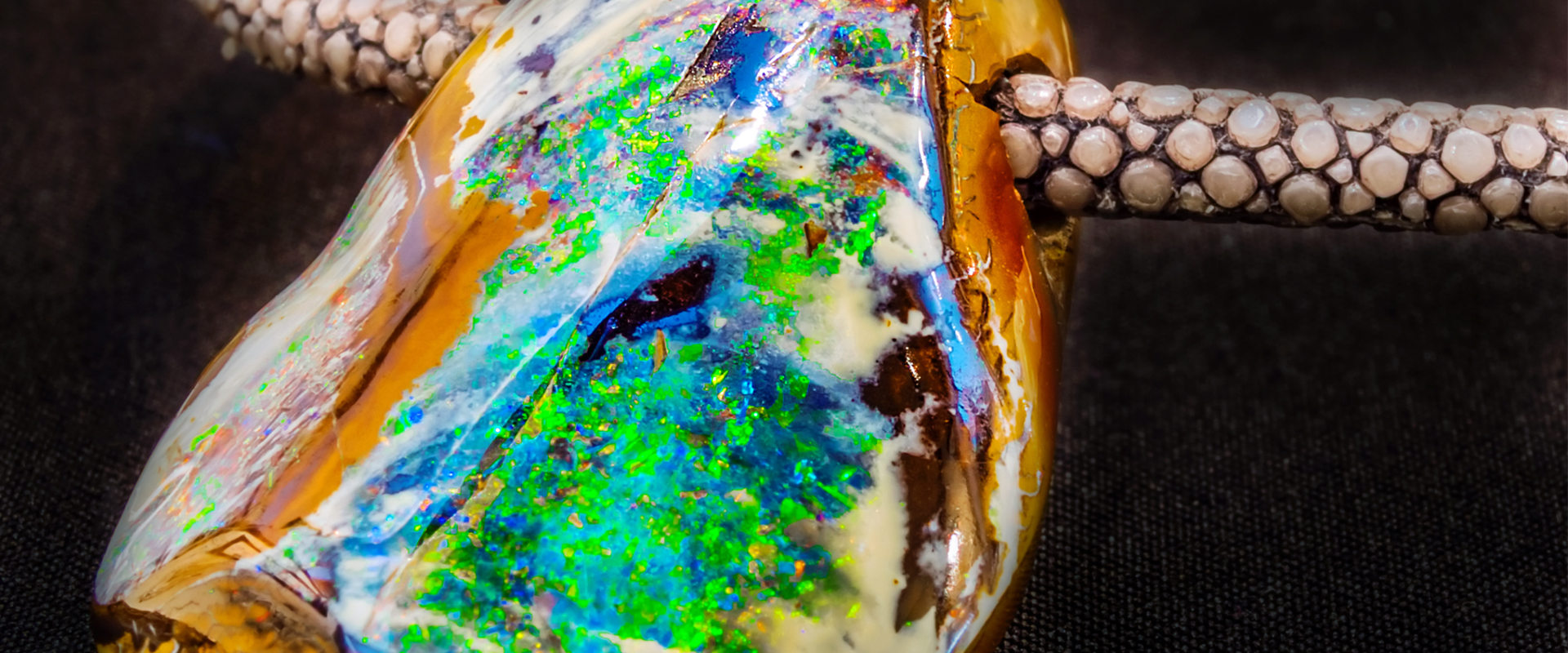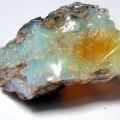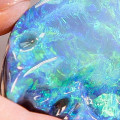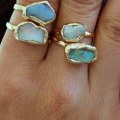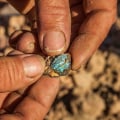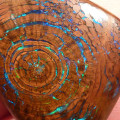Throughout much of history, opals were believed to bring good luck. The Romans thought that opals were one of the luckiest gemstones and a symbol of hope. In the Middle Ages, it was believed that opals had all the positive properties of colored gemstones due to their rainbow-like play of colors. Another factor contributing to the bad reputation of opal may be the fact that opals are a relatively fragile gemstone.
Opals are a soft gemstone compared to diamonds, and can be broken if treated badly or if treated roughly. This may have contributed to a general perception of opal as “bad luck”, as it would break anyone's heart to lose a precious beautiful opal or family heirloom. In the Middle Ages, opals were considered a talisman of good luck, since they contained all the virtues of each gemstone combined, including its range of colors. Each month it has an associated birthstone.
If you were born in the month of October, your birthstone is opal. Perhaps more than any stone, opal is shrouded in mystery and legend. One of the best-known legends about opal is that it's bad luck to wear one, and even more so if it's not your birthstone. This superstition probably arose from a mixture of the mystical power of opal, the stories of opal in literature, and competition in the trade in precious gems.
All the evidence shows that throughout history opal has been considered the stone of good fortune. In general, opals have had an evil superstition attached to them. Witches and sorcerers were supposed to use black opals to increase their own magical powers or to focus them like lasers on people they wanted to harm. Medieval Europeans feared opal because of its resemblance to “the evil eye” and its superficial resemblance to the optical organs of cats, toads, snakes and other common creatures with hellish affiliations.
Legend has it that opals fell from the sky in lightning. While others speculate that the creator came to earth in a rainbow, leaving these colored stones where his feet touched the ground. Writers have compared gemstone to volcanoes, galaxies and fireworks. Admirers gave the opals extraordinary poetic names such as Pandora, Light of the World and Empress.
The name “opal” comes from the Greek word opallios, which means “to see a change of color”. And because the stone has a kaleidoscopic range of colors similar to all other gems, the Romans thought it was the most precious and powerful of all. For centuries, people have associated this jewel with good luck. In fact, throughout most of history, opal has been considered to be the luckiest and most magical of all gems because it can display all colors.
During the Middle Ages, people believed that opal possessed the powers of every gemstone whose color appeared in its brilliance, making it a very lucky stone. It is particularly fortunate to make a wish to an opal if there is a rainbow in the sky. Of all its rainbow colors, black opal is extremely fortunate and the most uplifting of opals, as it brings light to the aura. During the Crusades, women would give their crusaders an opal to give them good luck in battle, and opals were often placed in the navel of an expectant mother to facilitate childbirth.
Despite the superstitious associations of opal, the charming birthstone is still a popular choice and an ideal lucky charm. In the 1960s, the term “play of colors” was used to characterize the display of an opal of various colors of the rainbow. Scientists discovered that it is composed of microscopic spheres of silica that radiate light to show these various colors. These eye-catching gemstones are called “precious opals”; the ones with no play of colors are “common opals”.
Around 1850, opal was discovered in Australia and had produced 95 percent of the world's supply. Since then, the supply of classic opal in Australia has dropped considerably, which has impacted the price of the single gem. However, due to its sparkling play of colors, opal is still in high demand, as it can adapt to many changing tastes and moods. The Greeks believed that they came from heaven and were used in divination and prophecy.
Wealthy Romans gave opals to their wives to wear as talismans. It was worn as a good luck charm, since the Romans thought that, due to its rainbow appearance, opal could bring good luck to its owner. For the Romans, opal was also considered a sign of hope. The reputation of opal received another success in 1829, when Sir Walter Scott published his novel Anne de Geierstein.
In this novel, the Baroness of Arnheim uses a talisman made of opal endowed with magical powers, and when a drop of holy water tarnishes the talisman, the opal loses its colors and the baroness dies a moment later. Because of that scene, people began to associate opals with bad omen and death. This novel was so popular that it only had a bad influence on the sales of opal barely a year after its publication. During the time when Hungarian mines supplied opals to Europe, including a stone for the crown of a Roman emperor, superstitions circulated that attributed evil powers and diseases to the colorful stone.
However, in the late 19th and early 20th centuries, possibly for commercial reasons, there was a proliferation of harmful reports that opal was a stone of bad luck. The Romans established opal as a precious stone, obtaining its supplies from merchants in the Middle East. Another possible reason why diamond dealers touted opals as bad luck is that the gemstone is softer than a diamond, about 6 versus 10 for diamond on the Mohs mineral hardness scale. The word opal had actually descended from the Roman “opal”, an ancestor of modern opal who was thought to heal the blind and make a person invisible to his enemies.
Australian opal has become increasingly popular and its value has increased over the past decade, and it is often the gemstone of choice by leading jewelry designers for the stars. The saddest saga of opal is the mistake that is often repeated in the last of Sir Walter Scott's novels, Anne of Geierstein (182), which irrevocably links opal with misfortune. To this day, the strange prejudice against opals is still alive and well in some corners of the world, especially in the backwaters of southern Europe and the Middle East, where jewelers don't wear opals and customers don't buy them. In the days when Rome spread its legions across Europe and Africa, a Roman senator named Nonius chose exile rather than selling his precious opal to Mark Antony, who wanted to give it to his famous lover Cleopatra.
Blond women were known to wear opal necklaces to prevent their hair from losing its color. At the end of the 18th and 19th centuries, opal fell into disuse, as it was associated with pestilence, hunger and the fall of monarchies. The story also tells that opal became an object of dread and was associated with the death of the victim. .
.
